20 Numeracy Exit Ticket activities for students to provide evidence of their learning progress.
This teaching resource is an assessment tool for students to show evidence of their learning. Use Exit Tickets after a numeracy skill has been taught to show evidence that they have acquired the skill and are ready to move to the next learning goal.
These Numeracy Exit tickets collect evidence for basic Year 5 curriculum requirements. Use the editable Word version to create your own class-specific learning goals.

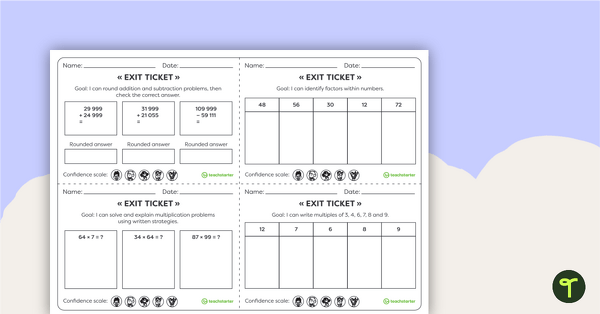
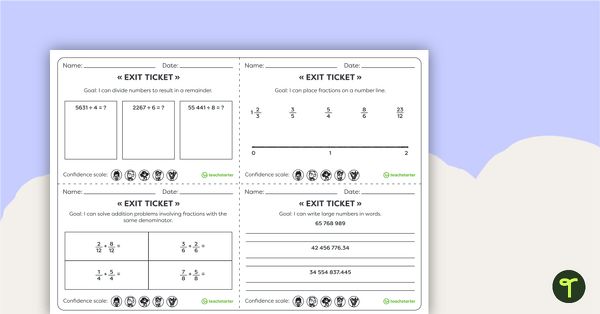

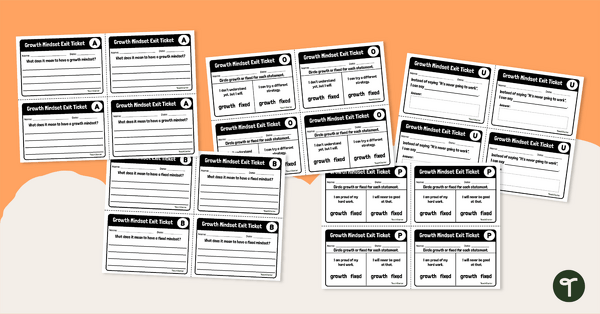
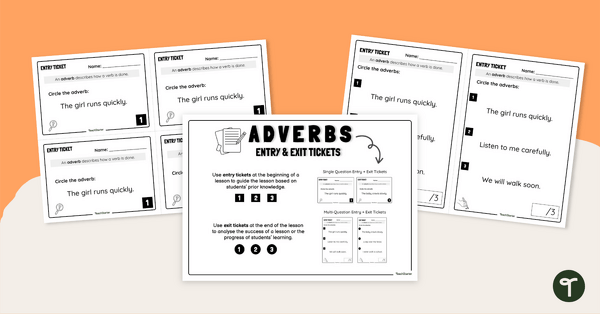
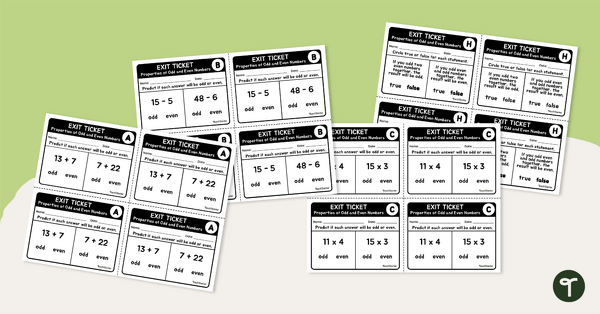
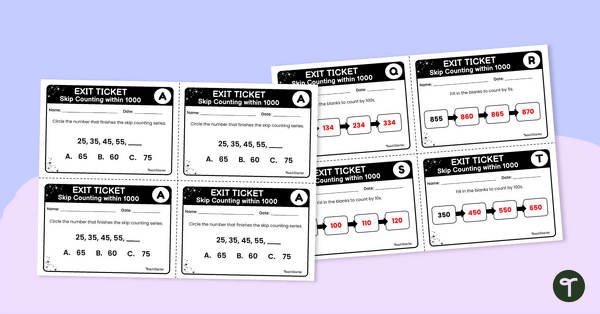
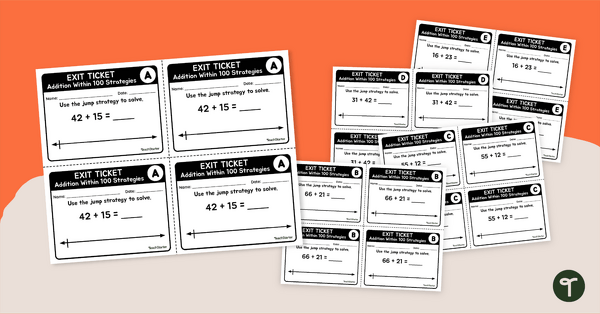

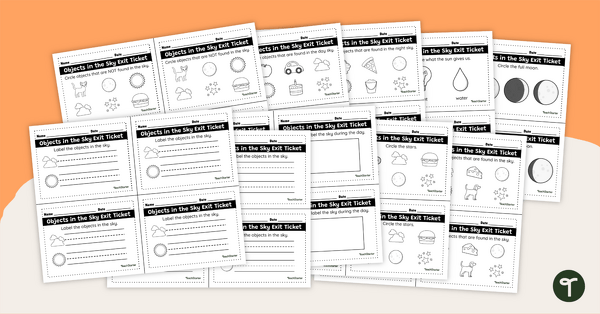
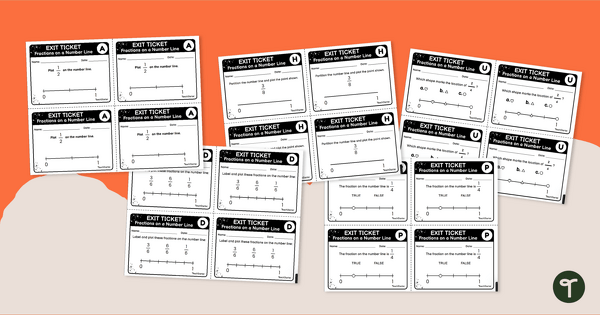
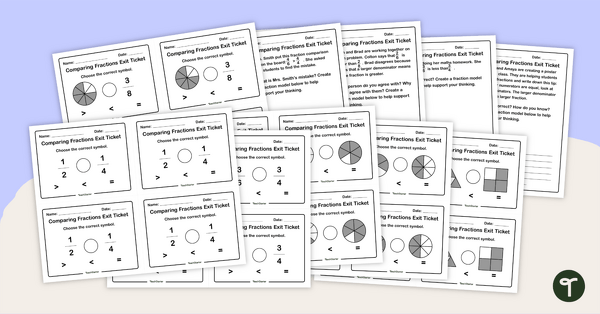

Thank you for another helpful resource. These Exit Tickets can be useful for pre- and post testing or fast finisher work.
You're most welcome, Zuriette! Thank you for sharing your tip on how the exit tickets can be used!
I love the idea of Exit tickets and am going to use them this semester. Are you planning to create more please?
Hi ST Mary MacKillop College Thanks for getting in touch with us! Might I suggest that you make a new resource request and list specifically what you were after? You can do so on our Requests page. https://www.teachstarter.com/request-a-resource/ Your fellow Teach Starter members can then vote for it and, if it proves popular, we would love to make it for you! Kind regards Janeen